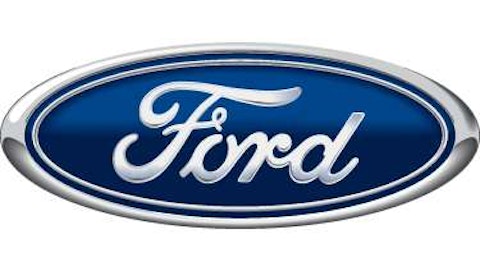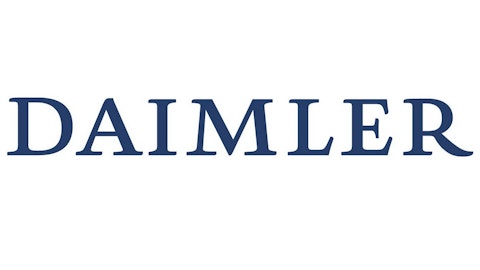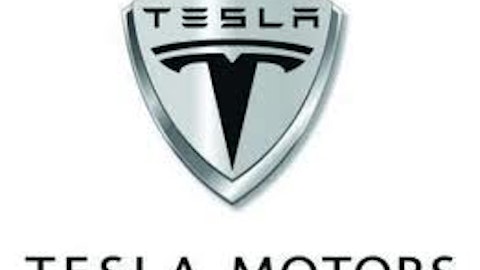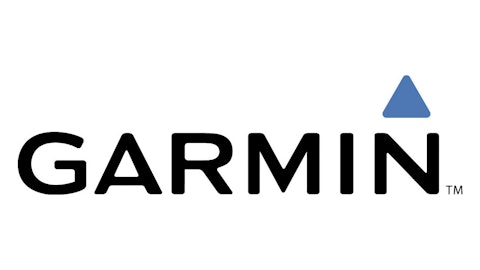
Ford CEO Alan Mulally has turned around the automaker through excellent management decisions. Photo credit: Ford Motor Company.
I recently wrote a brief article regarding Ford Motor Company (NYSE:F)‘s underfunded pension plan and how low discount rates have played a role in creating a huge obligation for the company. At the end of 2012, with discount rates at low levels, the company left an underfunded pension plan to the tune of $18.7 billion – larger than Ford Motor Company (NYSE:F)’s automotive debt of $15.8 billion. What most people don’t understand is how quickly this can turn around as rates rise.
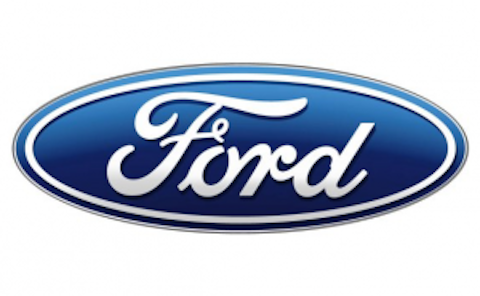
As discount rates rise, obligations decline – simple right? But that doesn’t put into perspective how much or how fast this can happen. For General Motors Company (NYSE:GM), which has a pension plan underfunded by a staggering $27.8 billion, an increase of one percentage point in the discount rate would cut $8.76 billion from its obligation value, according to Automotive News. A similar rate increase would reduce Ford Motor Company (NYSE:F)’s obligation by $5.2 billion – more than it has paid into the fund in the last two years combined.
In Ford’s second-quarter conference call and presentation it was very clear that management is happy with how its underfunded pension plan has been progressing this year. The reason is that Ford has witnessed a 70-80 basis point rise in discount rates this year. An increase toward the high end of that range would reduce Ford Motor Company (NYSE:F)’s pension gap by 42%, down to $10.8 billion by the end of this year, said Matthew Stover, an auto analyst with Guggenheim Securities, according to Automotive News.
While that’s very promising, that’s only part of the equation. On the other side of the equation, Ford Motor Company (NYSE:F) is putting more cash into the fund than it has previously. In 2011, it put in $1.1 billion, and it increased the amount to $3.4 billion last year. Both amounts still pale in comparison to the $5 billion in planned contributions this year (much of that $5 billion will consist of voluntary or excess payments).
Consider that through the first half of 2013 Ford has paid in $2.8 billion, of which $2 billion was paid voluntarily. Meanwhile, General Motors Company (NYSE:GM) isn’t required to make any contributions to its pension plans this year, and will make a voluntary payment of just under $1 billion – still far behind Ford in tackling the problem with voluntary payments.
In addition to adding more capital into the fund, Ford Motor Company (NYSE:F) is also exercising a pension buyout strategy this year. Essentially, it’s offering some retired employees a choice to take a lump sum, and it already has completed about 60% of expected settlements, according to Ford’s second-quarter presentation.
While this likely won’t save Ford much money, it will reduce the risk of its pension plan simply by handing out lump sums and immediately reducing the massive size of the pension plan on the books. It essentially pushes the risk onto its retired employees, who could potentially spend their lump sum retirement too quickly or be affected by other macroeconomic events that Ford will now partially avoid.
On the other hand, Ford Motor Company (NYSE:F) retirees who are worried about losing pension payments due to bankruptcy or other issues can have peace of mind by securing their money ahead of time – and those in Detroit are all likely weary of bankruptcy by now. Ultimately this can be a win-win situation, and is the type of management decision we are accustomed to at Ford over the last few years.
Bottom line
Excellent management is one of many reasons I bought into Ford stock before I bought into General Motors Company (NYSE:GM) in an attempt to profit from the rebounding automotive industry. Ford’s underfunded pension is in much better shape than GM’s, in my opinion, and will likely be resolved in 2015. That will remove one of the largest overhangs on Ford stock and also provide billions of cash flow to put into use elsewhere, such as share buybacks, increased dividend, or R&D to develop more successful vehicles.
All in all, when you buy a stock you’re putting trust in management to run the company well and distribute profits – Ford’s management has proven time and time again that your investment is in safe hands.
The article Ford’s Pension Problem Could Improve Quickly originally appeared on Fool.com and is written by Daniel Miller.
Fool contributor Daniel Miller owns shares of Ford and General Motors. The Motley Fool recommends Ford and General Motors. The Motley Fool owns shares of Ford.
Copyright © 1995 – 2013 The Motley Fool, LLC. All rights reserved. The Motley Fool has a disclosure policy.
